The first is an object literal and is the same as:
var Waffle = new Object();
Waffle.tastes = 'yummy';
which is the same as:
var Waffle = {};
Waffle.tastes = 'yummy';
but of course, their instantiations take multiple lines.
Your second and third examples are functions. Your second example is an expression, while your third example is a declaration. Here's an explanation of their differences: What is the difference between a function expression vs declaration in JavaScript?
Be careful with your second example (the expression), because in order to modify this (correctly), you need to use var waffle = new Waffle();. Since this is an expression, alternatively you could've used a declaration like:
function Waffle() {
this.tastes='yummy';
}
(to understand the main difference between that and the original, which I don't think affect many people ever, read the link I provided)
The third example is a basic function that returns a new object literal.
As for the best choice...I don't think there's a concrete, definite answer.
Your first example creates a simple, single object. You can add/change properties and methods on it. But it inherits directly from Object. I like to use this when I need one big object for holding many things, and its structure is static. To reuse this, your third example is needed.
Your second example is convenient because you can invoke a new instance, giving the effect of classic OOP...and is the one I normally use. Although the caveat is that you have to use new, otherwise the value of this will be window, which is bad. At the same time, you can modify this prototype and all instances will share it. It also gives you flexibility of having "private" variables, such as:
function Waffle() {
var testing = 0;
this.name = "A";
this.myMethod = function () {
return testing;
};
}
Your third example is similar to the second, except that you can't tap into a prototype, since you're returning an Object. It's basically using your first example, but making it reusable. It also allows for "private" variables like above, as well.
So if you're looking for a single object, use your first example. If you're looking for reusability, I'd suggest your second example, while the third is still an example. Hopefully I explained enough about each for you to determine which suits your needs.

